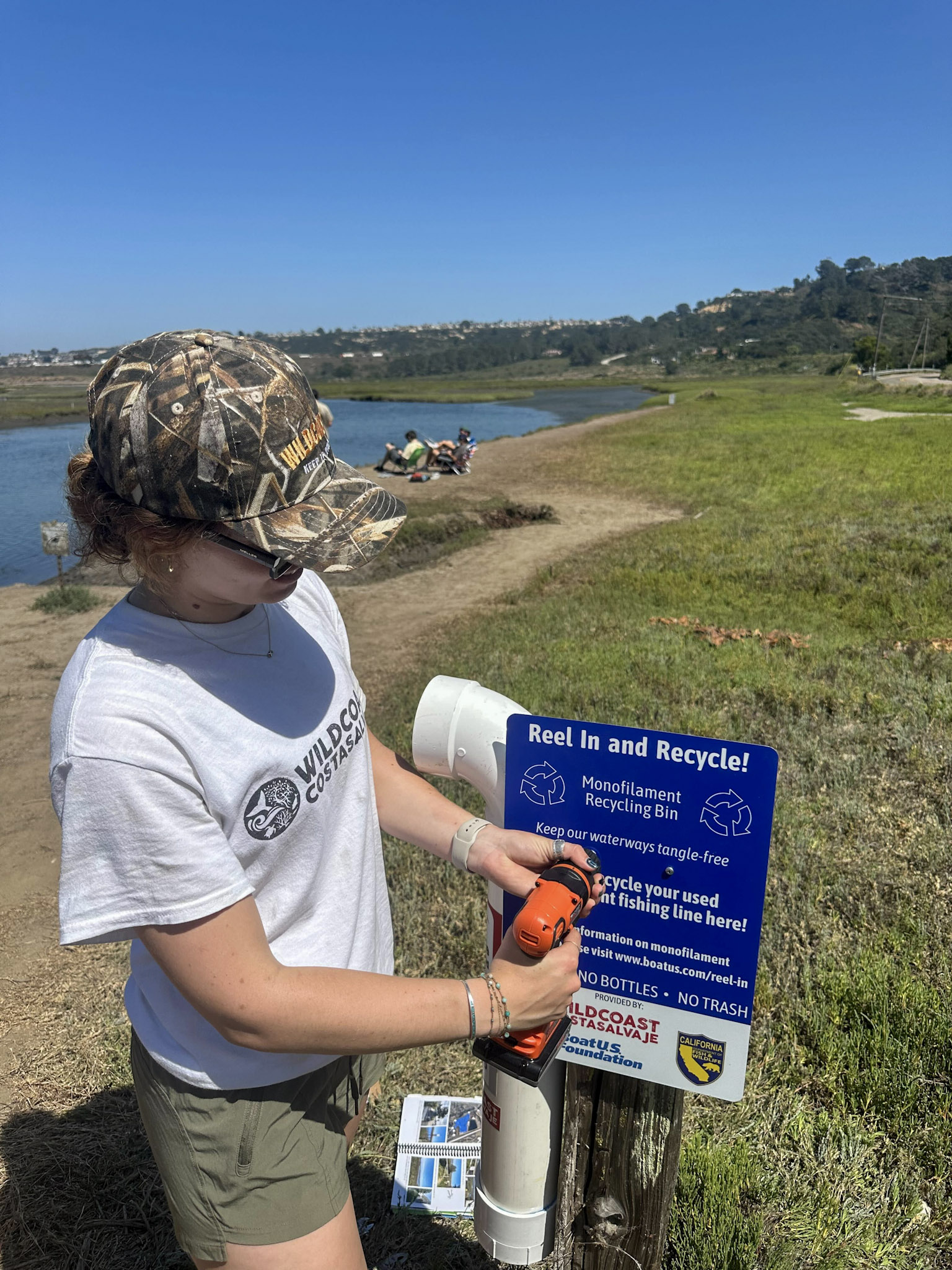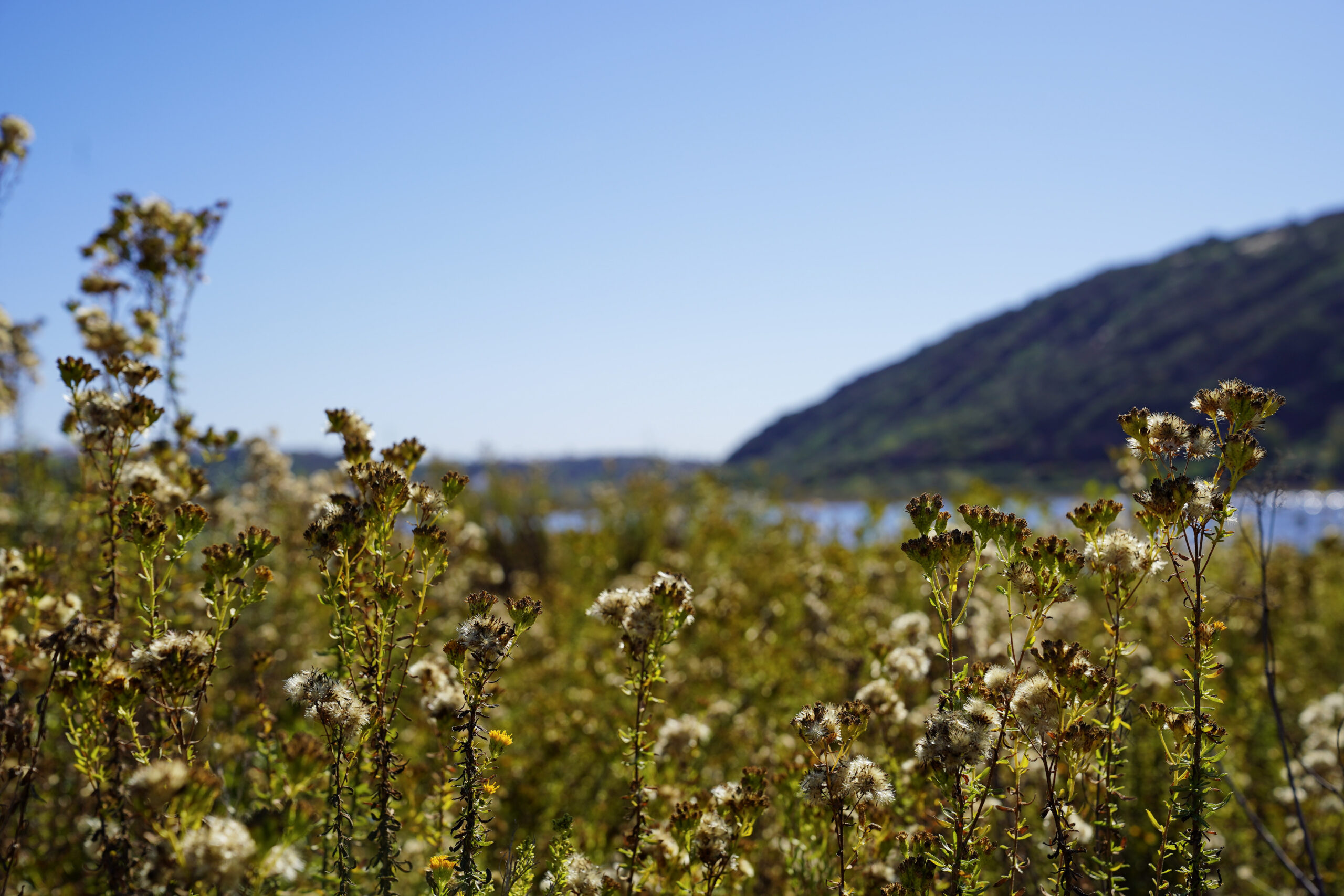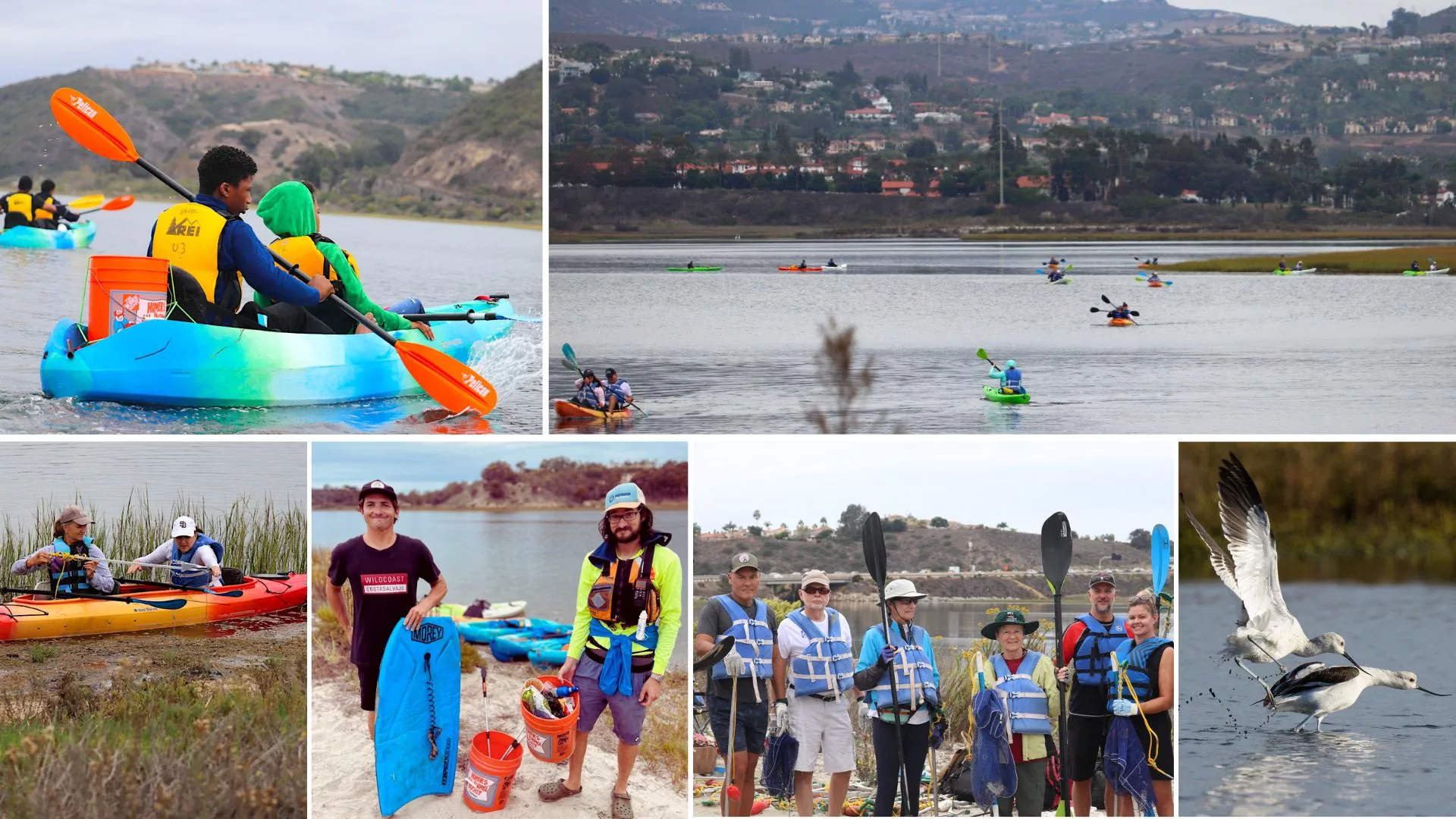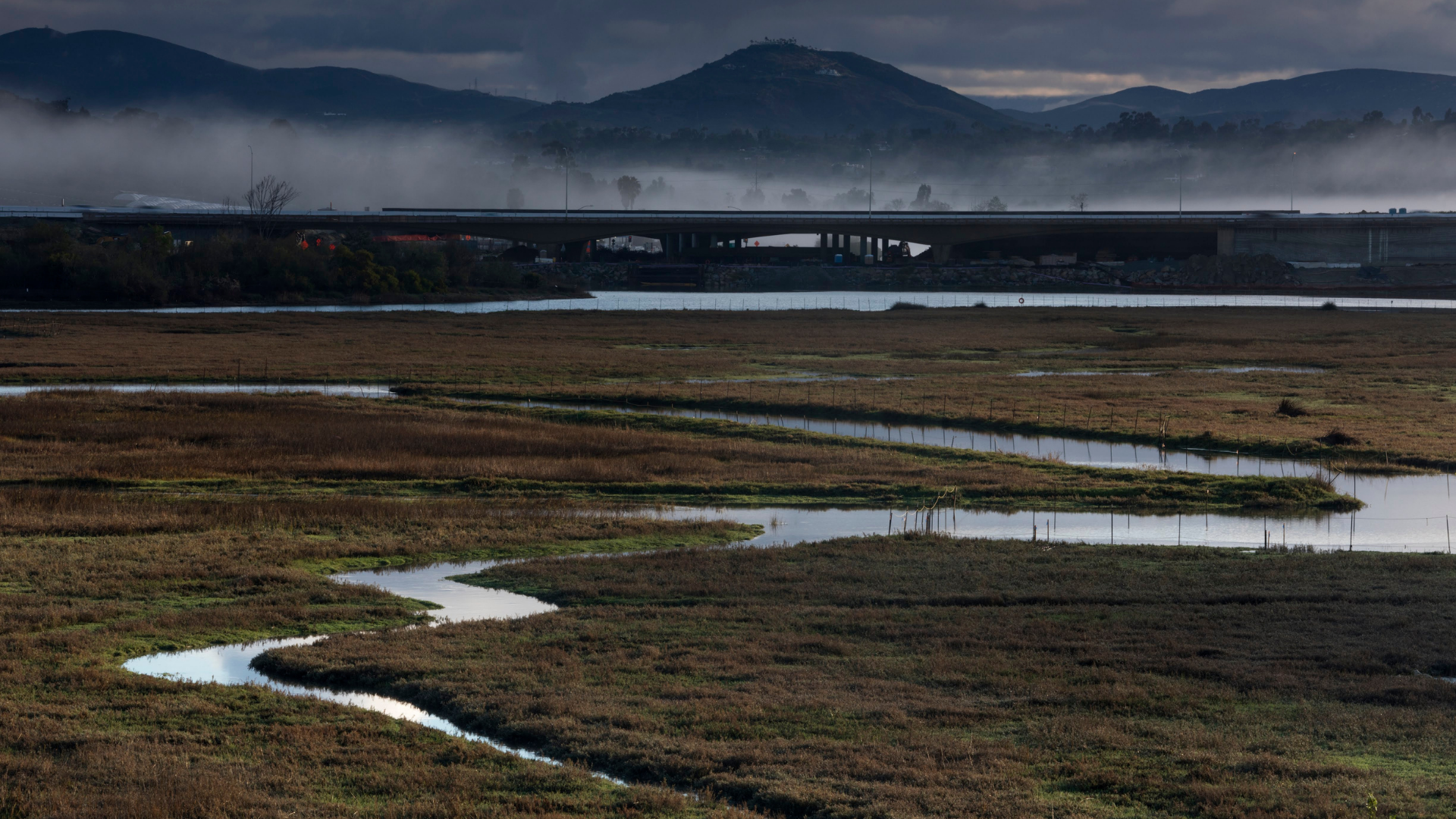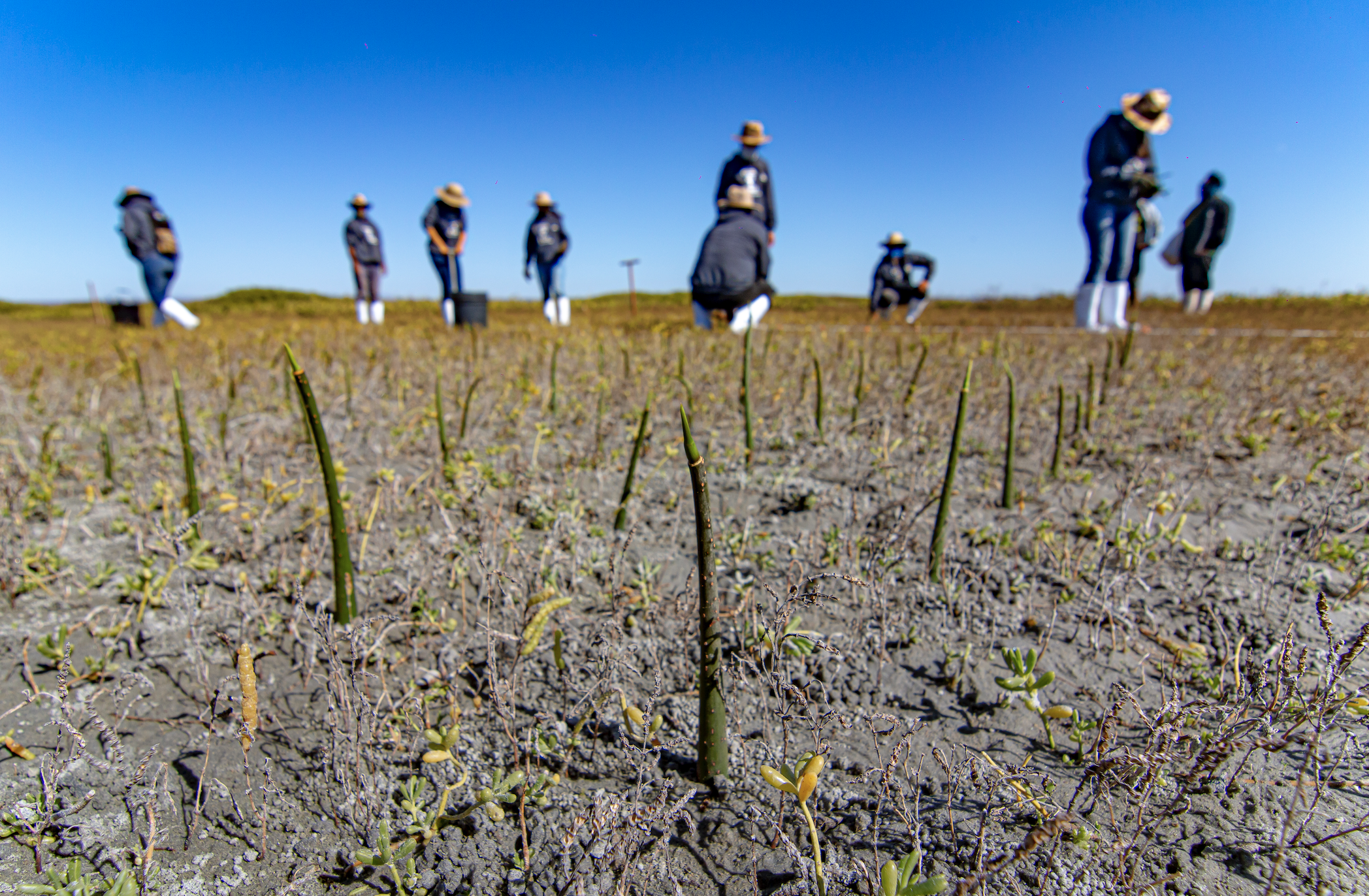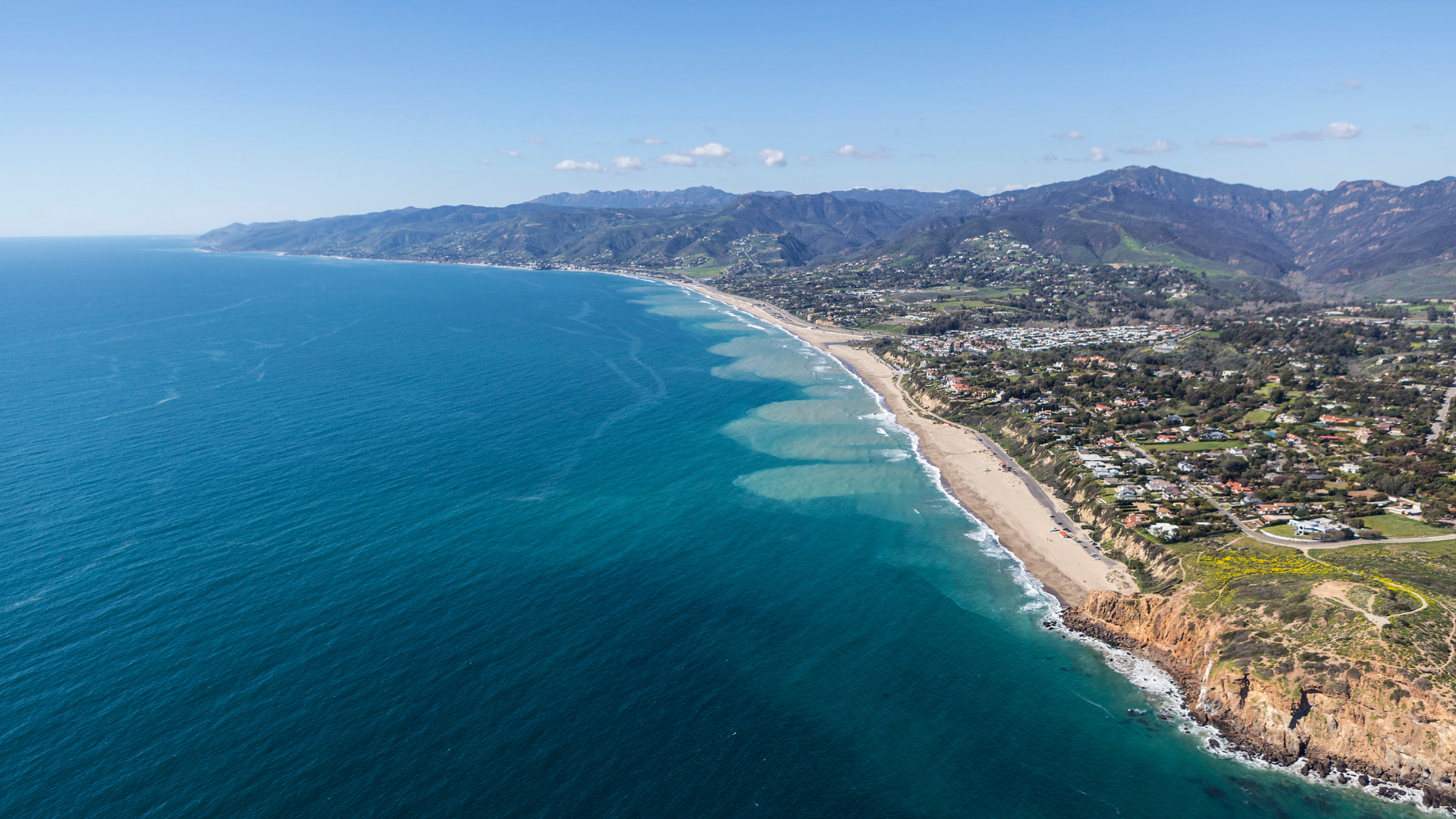Although recognized for their ecological importance on a global scale, wetlands face continuous human pressures.
WILDCOAST is working to add important layers of protection for globally important wetlands by improving management and utilizing innovative watershed-wide conservation approaches.
We are partnering with agencies in the United States and Mexico to prioritize sewage treatment, restore habitat and raise awareness.
Where We Work
Our programs utilize innovative water catchment protection strategies to protect delicate coastal wetland ecosystems in the United States and Mexico.
See More Areas42
acres of blue carbon wetlands under restoration in San Diego County
1
trash boom installed in the Tijuana River, which has stopped 100k lbs of debris from reaching the Tijuana Estuary + Pacific Ocean
2.5
miles of interpretive trail created around Estero La Misión in Baja California
In the Wild
Check out the latest updates from our blog
